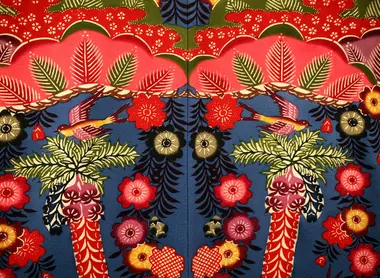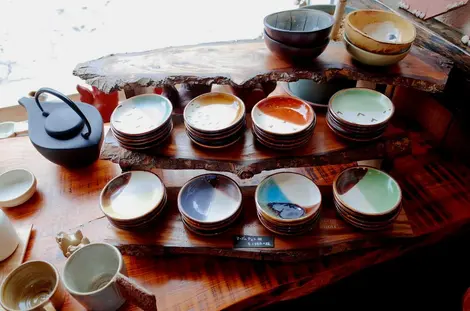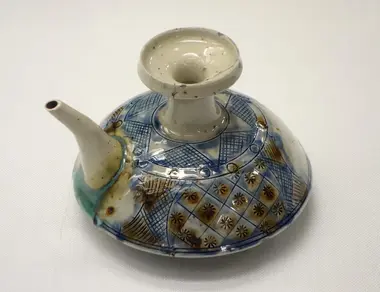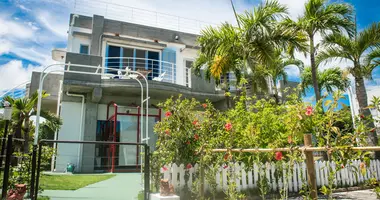Okinawan handicrafts 沖縄の伝統工芸品
- Published on : 30/01/2018
- by : J.L.
- Youtube
Wonders and Mysteries of the Japanese Tropics
The island of Okinawa was the kingdom of Ryukyu until 1872. Encouraged and protected by successive kings, crafts developed, as did trade with neighboring countries (Japan, China, Korea). In fact, influenced by foreign cultures, craftsmanship has appropriated its own style, of which here are the main trends.
Yachimun pottery
Yachimun is ceramics , this name referring to pottery in the language of Okinawa . Artisans only made roof tiles for the castle in the 1600s. At that time, a king of Ryukyu was taken prisoner. A hostage in Satsuma (present-day Kagoshima ), he returned with craftsmen who then advanced pottery techniques for tableware . The shuki then became the service usually used to drink Awamori , the Okinawan spirit drink.
The workshops are in the Tsuboya district and in the village of Yomitan . Two kinds of pottery exist today, jōyachi , with glazed decorations, and arayachi , raw terracotta without paint.
You will also see the Shîsâ , sculptures which represent animals between the lion and the dog, guardians of the houses, made with the arayachi technique.
Read also: What to see in southern Okinawa
Okinawan fabric
The fabric is imported from China between the 14th and 16th centuries, from South Asia in general and also from India. Thanks to Okinawa's climate, fibrous trees grow well, providing raw material for the entire weaving industry. Each village, each small island has its technique and its particularities , various patterns, multicolored, more or less tight, always being woven by hand. The best known varieties are:
- Bashôfu , from the Japanese banana tree for the summer kimono, or yukata .
- Minsâ , with cotton for kimono belts.
- Miyako-Jôfu , with ramie (a nettle from China) which makes it possible to make a very high quality kimono.
There is also bingata , a dye that consists of stenciling fabrics, for very varied, fine and dynamic patterns, in bright colors. It is widely used for clothes such as kimonos and belts, as well as for very affordable placemats, saucer mats and small pouches as souvenirs to bring back.
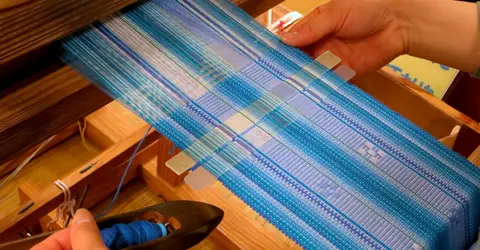
Traditional Minsa cotton weaving from Ishigaki Island
Wikimedia Commons
Okinawan Lacquerware
Lacquer from Okinawa has been famous for a long time , since already in the 13th and 14th centuries, the technique was known. It is above all the tropical climate that favors its use, with ideal and constant temperatures all year round, around 23°C for a humidity of 78%. The contrast of red and black is remarkable. In palace ceremonies , Okinawan lacquer ware was used.
See also: Urushi, Japanese lacquer
Okinawan glass
After the Second World War, when the Americans began to occupy Okinawa with military bases, there was a great lack of resources , of raw materials. The Americans ask the Japanese to make glass utensils. The Japanese have no choice but to recover discarded bottles of Coca-Cola, Perrier or beer. This mixture will give a thick glass with colored bubbles . The Japanese are not satisfied with this rough result but it will please the Americans, who find it original. The method remained to become this glass so typical of Okinawa .
To discover: Visit of the glass village

